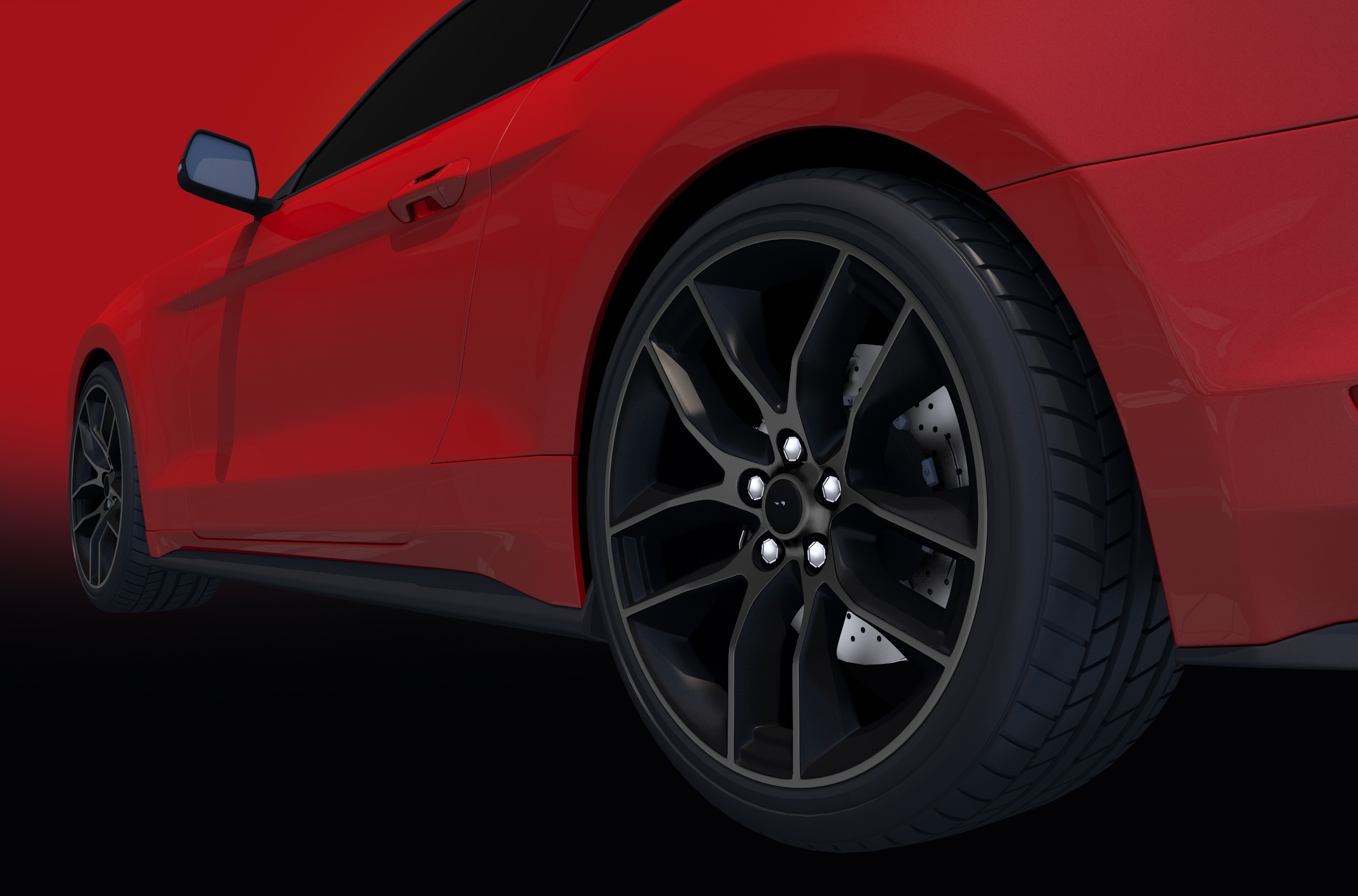If you’re passionate about driving or just love getting the most out of your car, you know that tire choice is about more than just picking between summer and winter tires. One big decision that often gets overlooked is whether to run a square or staggered tire setup—and that choice can make a big difference in how your car handles, performs and adapts to the seasons.
Knowing when (and why) to switch between the two can help you stay safer on the road, enjoy your drive more, and even get more life out of your tires while saving a few bucks in the long run.
Understanding Square vs. Staggered Configurations
Square Tire Setup
A square setup means your car has the same size tires on all four wheels—same width, height, and diameter, front and back.
This kind of setup makes for easy maintenance, smooth and predictable handling, and lets you rotate your tires to help them wear evenly over time. You’ll find square setups on most daily drivers, touring cars, and vehicles with all-wheel-drive systems.
Staggered Tire Setup
A staggered setup uses different tire sizes in the front and back—usually, wider tires in the rear to boost traction and help the car grip better during fast cornering.
This is a go-to setup for rear-wheel-drive sports cars, performance vehicles, and luxury sedans that want both a sporty look and a serious rear-end grip. Just keep in mind: staggered tires can’t be rotated like square ones, and they can change how the car handles—something drivers may need to get used to.
Spring Transition: Embracing Performance Potential
As winter fades and the roads start to dry up, spring is a great time to rethink your tire setup—especially if you’re looking to get more out of your car.
If your vehicle supports it, switching to a staggered setup (wider tires in the back) can really unlock performance. With better grip at the rear, you’ll feel the difference in acceleration and cornering—great for spirited weekend drives, track days, or just enjoying the open road a bit more.
That said, spring weather isn’t always sunshine and clear skies. If your area still sees a fair bit of rain or temperature swings, sticking with a square setup might make more sense. It offers more consistent handling in unpredictable conditions and lets you rotate your tires to keep wear even and extend their life.
Whether you’re chasing performance or looking for all-around reliability, spring is the perfect time to choose the setup that suits your driving style best.
Summer Performance: Maximizing Grip and Handling
Summer is prime time for performance driving, and if you’re looking to push your car’s limits, a staggered setup can make a big difference—especially if your car’s built for it. With warm, dry roads, summer tires grip better and perform at their best, letting you really feel the benefits of that extra rear traction.
This setup shines on the track, during spirited canyon runs, or anywhere you want sharp handling and strong acceleration. It can help keep the rear end planted when you hit the gas and even shave time off your laps. Plus, let’s be honest—the wide rear tires look great and add serious visual appeal for car shows and meets.
On the other hand, if your focus is more on everyday driving or long road trips, a square setup might be the better pick. Since you can rotate all four tires, you’ll get more even wear—especially helpful since summer tires can wear out faster. And with the same size tires all around, you’ll enjoy a more balanced, predictable feel behind the wheel.
Getting Ready for Fall: Adjusting with the Seasons
As cooler weather rolls in, it’s a good idea to rethink your tire setup. Fall can be tricky—warm one day, chilly the next, with sudden rain or even early frost. If you’re in a place with mild winters and still plan to enjoy some performance driving, you might be able to stick with a staggered setup for a little longer, as long as your tires are up for it.
But once temps start dipping below 45°F regularly, it’s time to start planning for winter. That’s when a square setup becomes the safer bet—especially if you’re switching to all-season or winter tires. Square setups handle changing conditions better and let you rotate your tires to even out any wear from summer driving.
Winter Driving: Safety First
When winter hits, safety and control are what matter most. A square tire setup—same size all around—is almost always the way to go in snowy or icy conditions. It gives you balanced traction at all four corners, which helps keep the car steady and makes it easier to rotate tires throughout the season.
Running a staggered setup in the winter usually isn’t a good idea unless your car was specifically designed for it. Wider tires in the back can actually make things worse on snow and ice, increasing the chance of the rear slipping out.
Finding What Works for You
Choosing between square and staggered setups ultimately comes down to your driving goals, the weather where you live, and what your car is built to handle. If you live in a warmer climate and love to drive hard, swapping setups with the seasons can help you get the best of both worlds. But if winter hits hard where you are, a square setup year-round might be the simpler—and safer—choice.
Also think about things like how much you want to spend on tires, whether you’ve got space to store an extra set, and if you’re up for swapping them out twice a year. The best tire strategy balances performance and practicality so you’re always ready for whatever the road (or the weather) throws at you.
Let the Pros Handle Your Seasonal Tire Setup
At Performance Auto Specialists, we know European vehicles inside and out—and that includes the little details that make a big difference. Your European vehicle deserves precision, performance, and care. Contact us today!
Tags:
